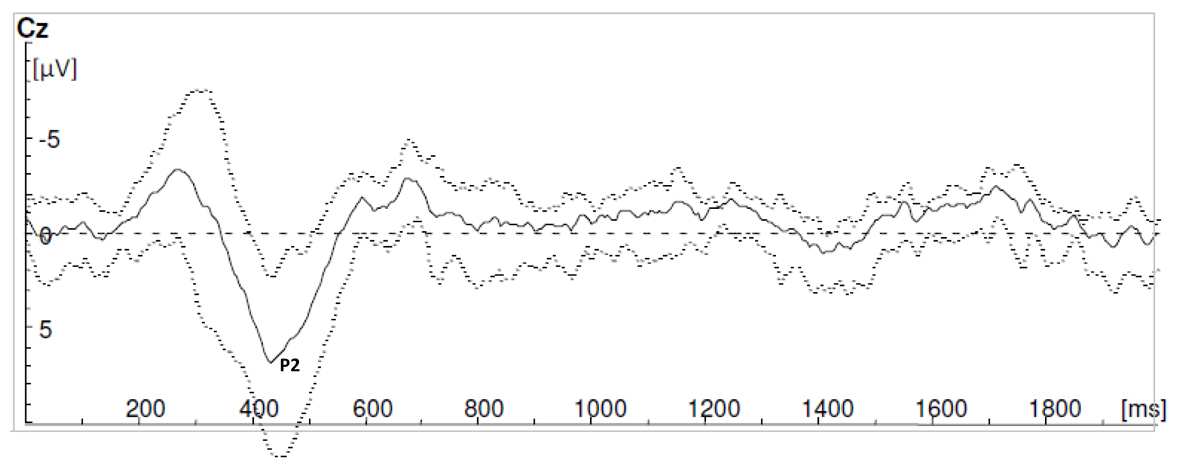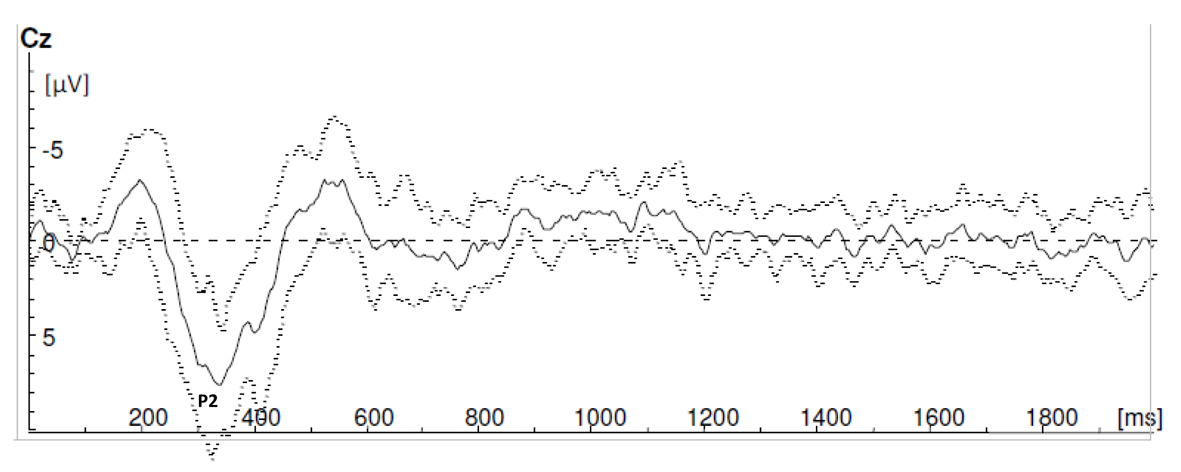
Figure 1. Stimulation protocol. Each stimulation block comprises ten cutaneous laser stimuli, followed by a short break of 30 seconds. First, three stimulation blocks were applied at the dorsum of the right foot (L5 dermatoma) with grid. Three stimulation blocks were applied at the same location without the use of a grid. After a 20 minute break, three stimulation blocks were applied at the 12th thoracic vertebra (Th12 dermatoma) with grid. Subsequently followed by three stimulation blocks without grid at the same location.

